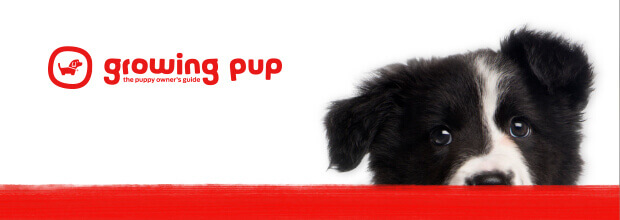Since then they have been bred - both responsibly and irresponsibly - in the quest to find a friendly, non-shedding family dog. This has been done with varying degrees of success - and indeed some Labradooodles have excelled as assistance dogs around the world, and those who are enamoured of them hail them as the perfect large companion dog (as long as they get enough exercise!).
While there are breed clubs in the UK and all over the world, the Labradoodle currently isn’t recognised by any international kennel clubs.
The two breeds that go into the formation of the Labradoodle are the Labrador Retriever and the Standard Poodle.
Labrador Retriever
Country of Origin: Canada
The Labrador Retriever breed originated not in Labrador, but on the coast of Newfoundland in the 17th century. They were trained to bring in the fishing nets through the icy waters for the fishermen and, in the early 19th century, were brought to Poole Harbour in Great Britain. Due to their lovely personality the fishermen started getting offers from Englishmen to buy them. The breed also had working abilities which made them instantly successful as a gundog. The Earl of Malmesbury became fascinated by these dogs, known at that time as Saint John's Dogs, and he started breeding them, calling them Labrador Dogs. Today Labradors are still used as working gundogs as well as being beloved family pets.
Standard Poodle
Country of Origin: Germany
The original Poodle is the Standard Poodle, a water retrieving dog. Their unusual haircuts were not about fashion, but rather a way for owners to make sure their dogs didn’t get waterlogged and become too heavy to swim easily in lakes. While keeping the vital organs and joints protected, much of the rest of their hair was shaved off. The Miniature and Toy Poodles were created purely as smaller versions of the original Poodle for owners who didn’t want such a large dog but were enchanted by their personalities and enthusiasm for all kinds of work.
The Labradoodle can have any combination of the two breeds in their appearance, behaviour and temperament.














